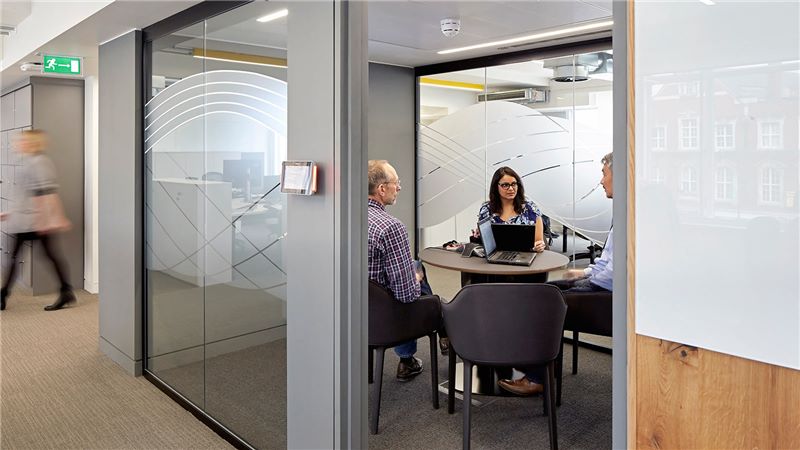Perspectives
Infrastructure surge fails to materialise in US construction sector
Mace’s latest construction tender cost update for the United States has shown mixed fortunes for the sector, as labour cost pressures mount across the country and President Trump’s promised infrastructure boon fails to materialise.
The report – published today – shows that steady growth in the construction market as it recovered from the 2008 financial crisis has driven increasing demands on the labour market.The tight market is now finally feeding through to higher wages – and therefore construction costs: building cost inflation has grown to 3.4% in August 2017, and construction cost inflation even more so, to 4.4%.
Forecasts of a levelling off in the US construction market in 2016 were proven wrong as the market re-mained strong throughout the year. The top 400 contractors across the United States generated a record $366.41bn in contracting revenue in 2016, up 6.5% from 2015. Despite normalisation in house building af-ter a period of strong growth, and weakness in certain segments of non-residential building construction, continued strength in construction overall is expected with a 2.4% growth forecast for 2017, and 2.54% for 2018.
Infrastructure growth, especially in the transport segment, is expected to begin to outpace general construction growth from 2017 as additional spending on roads, rail and airports boosts the sector. Average real growth in roads and bridges is forecast at 3.4% from 2017-2020 due to the FAST Act funding, with activity expected to drop off past 2020 as the FAST Act expires.
However, as longer-term hopes of a Trump-driven surge in the infrastructure sector fade, many companies have adjusted their outlook and are now predicting that that market will only continue to grow until 2019 and then level off – unless there is some progress on the Administration’s pro-growth initiatives.
Brian Moran, Associate Director for North America for Mace, said:
“Despite some headwinds in the market, 2017 will be a strong year for construction in the US, driven by continued economic and population growth. However, as the market peaks skills shortages will widen, and we will see growing cost pressures from skilled and even unskilled labor feeding through to bidding prices. Looking to 2018 the industry will also be assessing the potential impacts on labor in Texas and Florida with the anticipated demand for disaster relief works.”
I want a better perspective on












